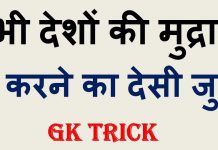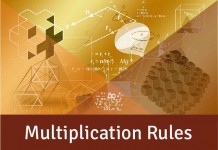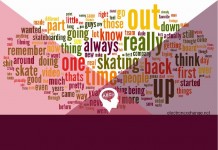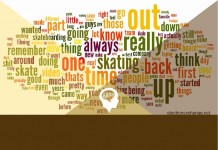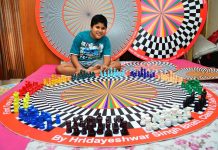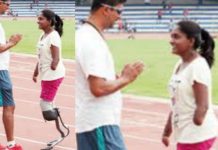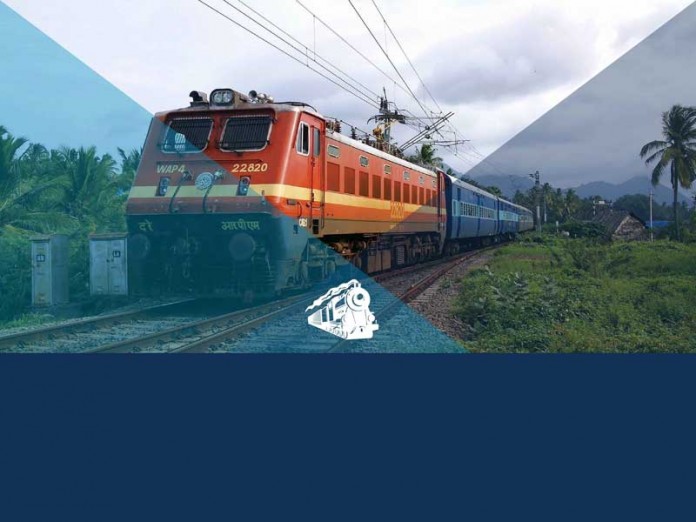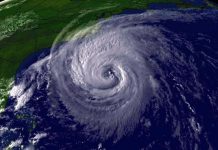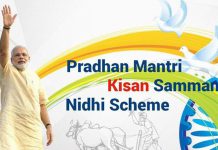TRI-NETRA – Terrain imaging for Diesel Drivers Infra-red, Enhanced Optical & Radar Assisted system
Ministry of Railways, Railway Board has initiated a proposal to install TRI-NETRA systems on locomotives for enhancing the vision of Locomotive Pilots in inclement weather. TRI-NETRA stands for – Terrain imaging for Diesel Drivers Infra-red, Enhanced opTical & Radar Assisted system.
Aptly named Tri-Netra, the device aims to enhance the vision of locomotive pilots in inclement weather. According to a senior railway ministry official, the terrain imaging for diesel drivers infra-red, enhanced optical and radar assisted system (Tri-Netra) will be a great help for train operation during winter and heavy rain.
How it operates?
TRI-NETRA system is made up of high-resolution optical video camera, high sensitivity infra-red video camera and additionally a radar-based terrain mapping system. These three components of the system act as three eyes (Tri-Netra) of the Locomotive Pilot.
TRI-NETRA is designed to “see” the terrain ahead of the running locomotive during inclement weather by combining the images captured by the three sub-systems and to create a composite video image which shall be displayed in front of the Loco Pilot on a computer monitor.
Significance:
During fog, heavy rain and also during night, the locomotive pilots face serious challenges in looking out ahead to spot any obstruction on the track such as vehicles which get stuck while crossing the track or trees or boulders which have fallen across the track etc. Because of the heavy momentum of the running train, the train driver has to always adjust the speed of the train such that he or she can stop the train on visually seeing the obstruction. In fair weather and in daytime, this is not a problem since train driver has a clear view of the track ahead. But in poor visibility, he has to reduce the speed suitably so that the brakes can be applied in time to stop the train without hitting the obstructions.
The concept of TRI-NETRA was developed by Development Cell under the guidance of Member Mechanical, Railway Board while brainstorming on how to use the technology employed by fighter aircrafts to see through clouds and operate in pitch darkness and the technology used by naval ships in mapping the ocean floor and navigating in the night.
Army yet to hack new terror tech
More than a year after a new technological solution used by terrorists began causing headache to the Army in Kashmir, no breakthrough has been made to crack it. An indigenous software patch for intercepting the new mode of communication has also failed.
Concern:
Terrorists infiltrating from Pakistan have been using smartphones paired with very high frequency (VHF) radio sets to communicate with one another, resulting in a drop in communication intercepts and adversely affecting military efforts to deal with them.
Background:
The concept of pairing mobile phones with radio handsets originated in the wake of Hurricane Sandy in New York in 2012. This mode of sending mobile communications without using mobile towers is of great help for rescue operations during calamities, but is now among the key technology deployed by terrorists to avoid the security forces while crossing the Line of Control.
- This technology is secure and active even in high peaks and forests especially near the Line of Control where conventional mobile and satellite phones can give away their location.
- Terrorists also use other technologies such as self-destroying chats and end-to-end encryption to overcome interception

